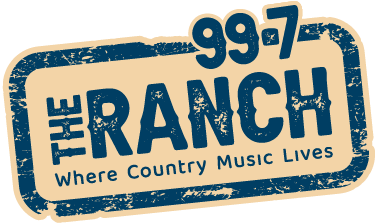The MD of Bonnyville council has released a statement opposing the idea that electoral boundaries should be determined exclusively by population.
“We need to have effective representation by our provincial government,” the statement begins. Alberta’s ridings are being re-jigged for the next provincial election and council points out that the MD alone is larger than the entire province of Prince Edward Island, and that doesn’t include the other communities that make up the current Bonnyville-Cold Lake riding.
“How big do we want our rural constituencies to be? It takes some rural MLAs many hours to drive from one end of their constituency to the other. People want to have a personal touch with their MLA. They want to see their representatives at functions such as parades, Canada Day festivities, school functions, sports functions, hospital functions, and graduations to name a few. Rural MLAs have many of these to attend, and many times, several in one day. There are some urban MLAs who do not have these events to attend.”
A press release from the Alberta Electoral Boundaries Commission says their recommendations to the government will factor in “Public iinput, population figures and relative population density throughout the province, common community interests, existing municipal and natural boundaries and effective representation.”
While the existing riding from the last two provincial elections has a population 19% lower than average, MD Council argues this is perfectly sensible. “This is reasonable when you take into consideration that this constituency – the boundaries of which are the Municipal District of Bonnyville – also has three urban centres; the City of Cold Lake, the Town of Bonnyville, and the Village of Glendon; four hamlets, three First Nations and two Metis Settlements. Even if constituencies have 25% less population than the average, their boundaries should not be altered.”
The MD says their biggest fear is to see rural areas be merged in with urban ones in ridings for an equal balance of population, but a strong urban bias. “This way the rural have less of a voice. Edmonton has 19 seats, while Calgary has 25 seats. This is over half of the 87 seats in the legislature. When you take in cities like Red Deer, Lethbridge, and others, the rural are under- represented already. Perhaps we should combine some of the urban constituencies – some MLAs can go from one end to the other in minutes.”
“Some will argue that people can stay in touch by means of technology,” the statement argues further, “But there are many areas, especially in northern Alberta, where people do not have access to high speed internet. Rural Albertans want their MLA attending functions, not just having something read from an e-mail.”
The commission will report their findings to the Legislative Assembly of Alberta by October 31st.



